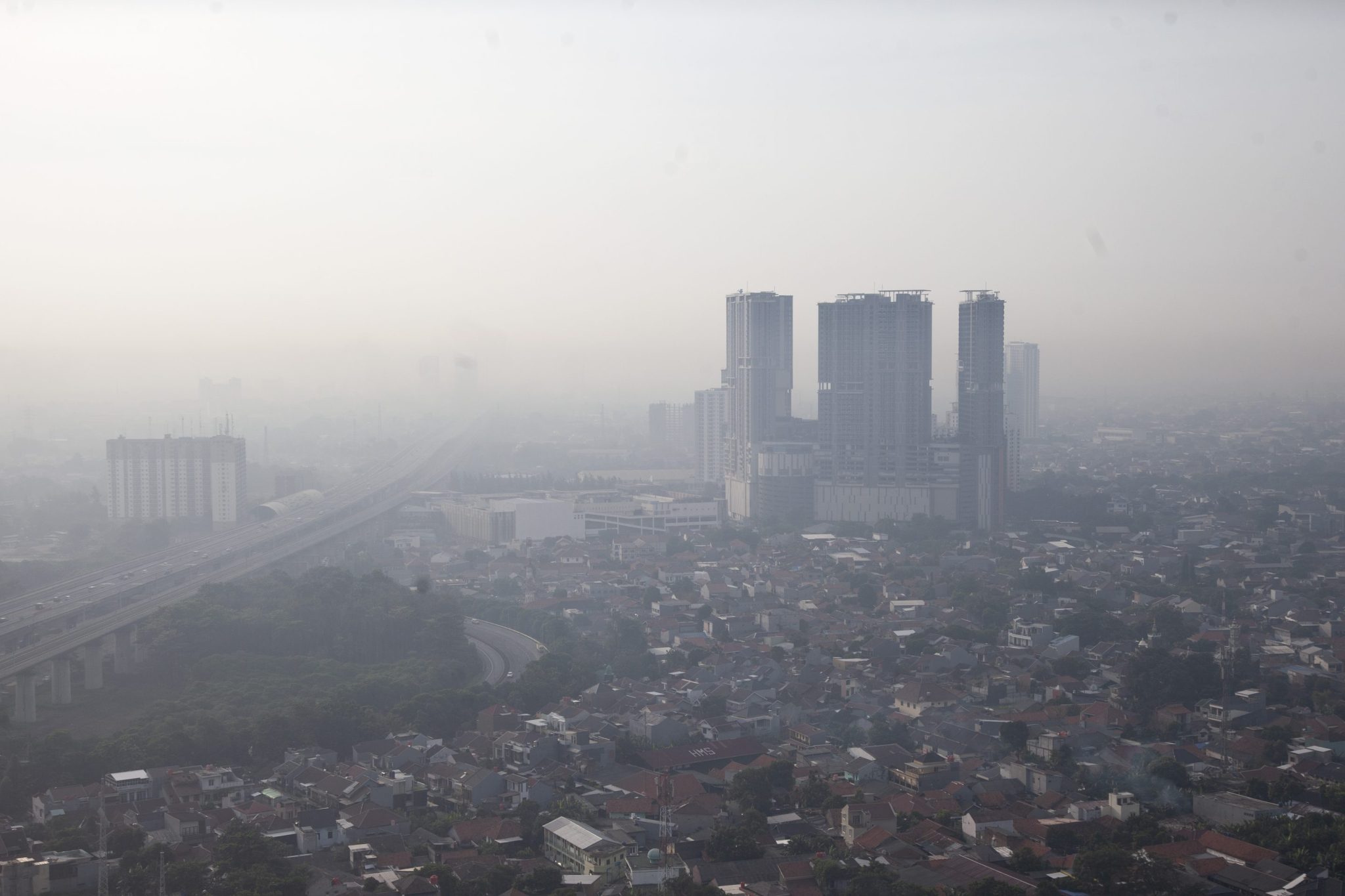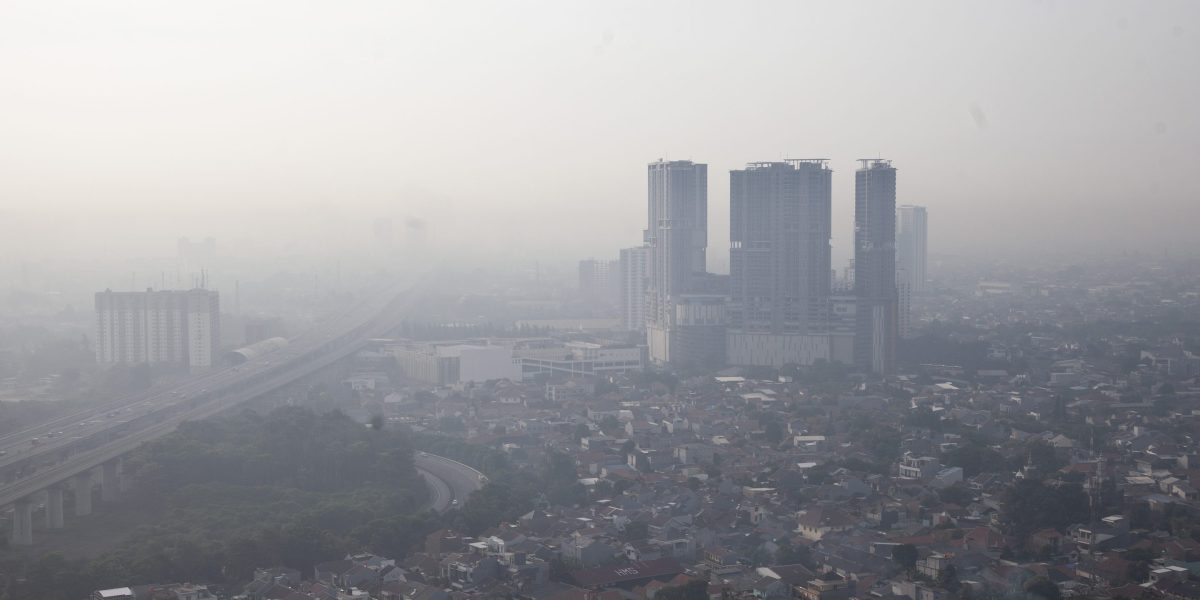
Southeast Asian deaths linked to air pollution could rise by up to 10% by 2050, costing the region nearly $600 billion, even as overall pollution levels decrease, according to a new study published in the Environment International journal on Oct. 8.
The study, led by Steve Yim, head of the Centre for Climate Change and Environmental Health at Singapore’s Nanyang Technological University, estimates the economic cost of pollution-linked deaths under different emissions scenarios: low, medium and high.
The study estimates that the region will take a $447 billion hit from air pollution-related deaths under the low emission scenario, and $591 billion under the high emission scenario.
“These figures represent the total social value of lost lives, not direct healthcare costs. They capture a broader welfare loss, such as lost productivity, economic output and the intangible cost of premature death,” Yim explains.
Air pollution in Southeast Asia comes from various sources, including vehicle exhaust, forest fires, and coal power plants. Over 90% of East and Southeast Asia’s 2.5 billion people currently breathe air with unsafe levels of fine particulate matter (PM2.5) and ground-level ozone, according to the World Health Organization.
Climate change affects the weather systems that control how air pollution forms, spreads, and dissipates, Yim explains. For example, reduced rainfall will limit the removal of pollutants and allow them to accumulate in the air.
Exposure to air pollution is associated with a broad swathe of human diseases, including ischemic heart disease, stroke, lung cancer and chronic obstructive pulmonary disease (COPD), according to the 2025 State of Global Air report from the Health Effects Institute and Institute for Health Metrics and Evaluation at the University of Washington.
Pollution down, pollution-related deaths up
The study found that under all three climate scenarios, the overall PM2.5 concentration in Southeast Asia was projected to decrease between 2% and 10% by 2050.
When asked why pollution-related deaths may increase despite regional improvements in air quality, Professor Yim explains that pollutant levels, while decreasing overall, are increasing in Southeast Asia’s most climate-vulnerable areas. These areas include southern Thailand and the southern islands of Indonesia.
Central, South and Southeast Asia lost as much as 11% of its 2019 GDP due to exposure to fine particulate matter, according to World Bank estimates.
Governments across Southeast Asia are trying to mitigate the economic effects of pollution by improving air quality and switching to greener energy. Singapore formed a government advisory committee on ambient air quality in 2010 to recommend national air quality targets based on global guidelines and scientific findings. And in 2019, an Indonesian court ordered the country to establish more stringent national and regional air quality standards in response to a citizen lawsuit.
The region is also working to establish the ASEAN Power Grid, an initiative that will promote the development and integration of clean energy sources across the region via a network of interconnected power grids.
 https://www.profitablecpmrate.com/nsirjwzb79?key=c706907e420c1171a8852e02ab2e6ea4
Skip to content
https://www.profitablecpmrate.com/nsirjwzb79?key=c706907e420c1171a8852e02ab2e6ea4
Skip to content 